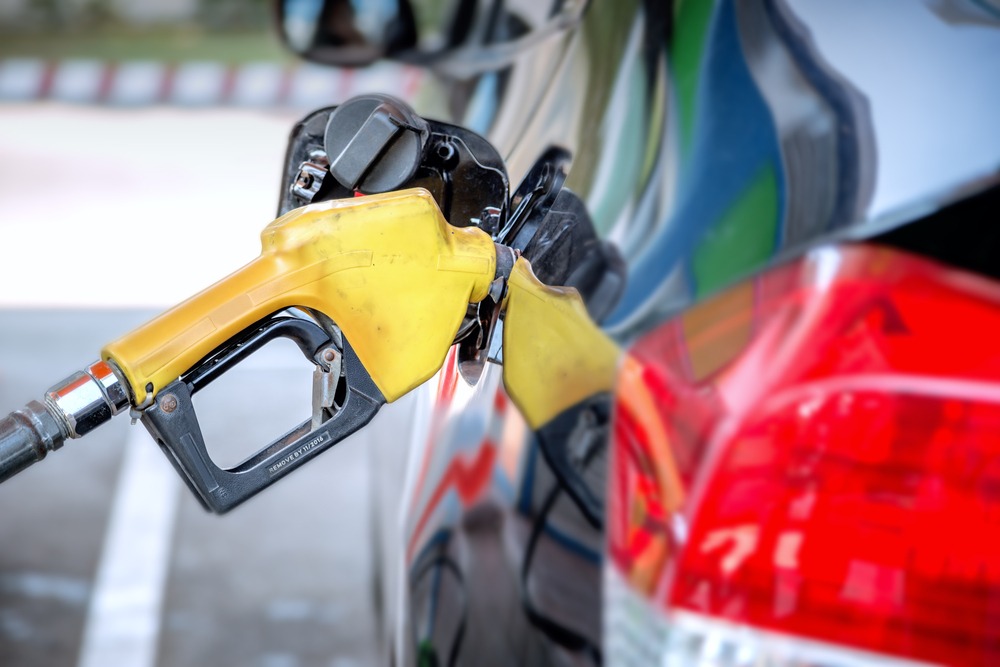
Due to increasing gasoline production levels, high seasonal demand and rebalancing attempts on the global oil market, gas prices are expected to continue rising over the summer, according to the American Automobile Association (AAA).
Last week, Organization of the Petroleum Exporting Countries (OPEC) and non-OPEC producers came together in Abu Dhabi and agreed to curtail exports in an effort to bolster a previous pact to cut production by 1.8 million barrels per day until March 2018. If it is a sign of things to come, gas prices are not likely to see any easing in the days ahead. The national average gas price ($2.35/gallon) sits 9 cents over the previous month and 22 cents over the previous year. The West Coast, the Rockies, and the Midwest have all seen the majority of price jumps.
“Prices at the pump continue a slow, upward climb as the summer season draws to a close,” Jeanette Casselano, AAA spokesperson, said. “As we get closer to Labor Day and demand and production rates grow, drivers will likely see some of the highest prices at the pump this year.”
While Hawaii and California continue to sell the most expensive gas in the country, Idaho saw the largest weekly price increase at nine cents. The South continues to buck trends elsewhere, however, by hosting the nation’s top ten least expensive markets. South Carolina leads that pack, at $2.08 per gallon.
While crude inventories are dropping–and have been for seven consecutive weeks–active oil rigs are on the rise. The result is the lowest crude oil storage level since early October. While this has been a good sign for market confidence, the growing rig count is not. It means oil companies are heavily investing in U.S. production, which unsettles the industry. However, current trends also show that gasoline production by U.S. refiners and blenders has been running at near record levels for 2017 so far and demand is continuing.